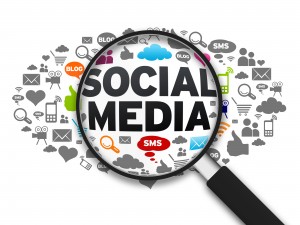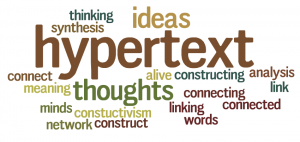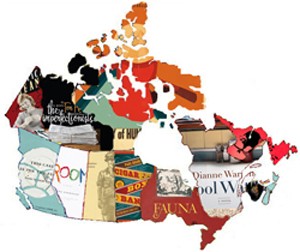Question
At the beginning of this lesson I pointed to the idea that technological advances in communication tools have been part of the impetus to rethink the divisive and hierarchical categorizing of literature and orality, and suggested that this is happening for a number of reasons. I’d like you to consider two aspects of digital literature: 1) social media tools that enable widespread publication, without publishers, and 2) Hypertext, which is the name for the text that lies beyond the text you are reading, until you click. How do you think these capabilities might be impacting literature and story?
In answering this question, I would like to highlight the efficiency of distributing literature and story through social media and the aid in which hypertext poses for readers. For my own organization and sanity I am dividing my response into two parts to discuss the two aspects of this question.
Part 1: Social Media

Publishing content on the www is as simple to do as it is for the audience to read. Through the social media source Facebook, account holders are able to publish their own stories for their friends to read and they can also share with their friends almost any page on the www through their Facebook profile. Among many other things, this enables Facebook users to share articles they enjoyed reading or recommend books they have read to their friends making the www highly efficient in distributing literature.
The example I thought of almost immediately when thinking about the impact of social media on literature actually comes from Facebook. I have two aunties that live in Toronto and are Canadian authors, Kelly Robson and Alyx Dellamonica. I have them on Facebook and through what they share on their profiles I have been introduced to an extensive amount of literature that I would have otherwise never known about. Being that they are authors, they are immersed in the field of literature leading them to have many Facebook friends who are also authors. Generally how I learn about new Canadian authors and texts on Facebook goes like this: One of their facebook friends will share a link on their timeline regarding a book that they had recently written or read, this link then gets shared by Kelly and/or Alyx to all of their Facebook friends which distribute’s this text to thousands of people including myself.
The www makes it so incredibly easy to access Canadian literature and interact with authors as you can find full texts published online with a comment function at the bottom of the page. This comment function enables the reader on the www to become the listener of stories as well as a writer. They are given the opportunity to write about their experience with the text and give their opinions and interpretations of it. This creates an interaction with the author as they are able to receive feedback from their readers. The author is able to ‘listen’ to the comments left by other readers around the world and interact with their analysis. Being that readers on the www can also be writers and listeners, the blur between literacy and orality discussed in Lesson 1.2 is created.
Part 2: Hypertext

I think hypertext is a phenomenal function as it gives you immediate access to further information regarding any topic that is being discussed. As I have exemplified in this blog post, hypertext gives readers an opportunity to be directed to a new webpage that can a) help them to gain a greater understanding of the topic being discussed b) provide web pages as examples of particular topics. In terms of the impact hypertext has upon literature and story, it enables readers to be more involved with the text as they are given the tools to broaden their understanding.
Thanks for reading! 🙂
